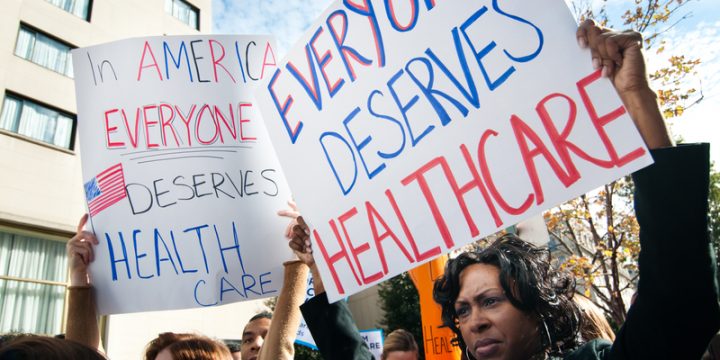
Slave Cadavers – Dissected and Violated
Tajah Foster-Walker and Gabi Wasikowski The Dean, medical students, and assistant (front right) poses with black cadaver In today's society, there is an abundance of ways for one to willingly donate their bodies for the use of science. But what if those bodies were used against their will? How would that affect the value of the human body? How would society respond? The thefts and selling of deceased slave bodies became a hidden in plain sight black market that medical professionals and even one of our most notable societal figures played crucial parts in these acts. The reckless use of black cadavers by medical students and professionals tells another story of being enslaved, formerly enslaved, free-born, dead or alive and black in America. References: Berry, D. R. (2018, February 3).…








